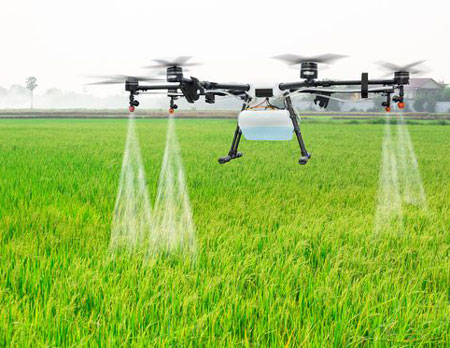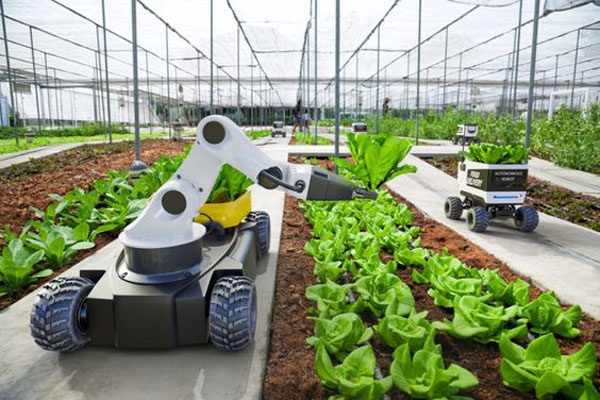Cumin (Cuminum cyminum L.), commonly known as Jeera, is a significant spice crop in India. Belonging to the Apiaceae family, cumin is primarily cultivated as a rabi crop and is a cornerstone of the Indian spice industry due to its extensive use in culinary and medicinal applications. Here’s a detailed exploration of cumin cultivation in India.
Introduction
- Importance of Cumin:
- Cumin occupies over 22% of India’s spice acreage, making it a critical crop in the spice sector.
- It accounts for 48% of the total seed spice acreage, reflecting its dominance among seed spices.
- Apart from culinary uses, cumin is known for its medicinal properties, particularly in aiding digestion and improving immunity.
- Cultivation Regions:
- Majorly grown in Rajasthan and Gujarat, which together contribute 99% of India’s cumin production.
- Other states cultivating cumin include Madhya Pradesh and Uttar Pradesh.
- National Statistics (2019-20):
- Area under cultivation: 841,940 hectares.
- Production: 546,750 tonnes.
- Average yield: 649.39 kg/ha.
Climatic Requirements
- Optimal Climate:
- Cumin thrives in a moderately cool and dry climate, making it suitable for arid and semi-arid regions.
- Unsuitable Conditions:
- High humidity during flowering and seed-setting stages leads to disease outbreaks.
- Frost during flowering or early fruit-setting stages can significantly damage the crop.
- Excessive rainfall during the flowering, seed-setting, or maturity stages adversely affects yield and seed quality.
- Preferred Regions:
- Areas with low atmospheric humidity and mild winters, like Rajasthan and Gujarat, provide ideal conditions for cumin cultivation.
Soil Requirements
- Preferred Soil Types:
- Sandy loam or clay loam soils with good organic matter content are ideal for cumin cultivation.
- Soils should have good drainage to prevent water stagnation, which can harm the crop.
- Soil Suitability:
- Saline Soils: Cumin shows excellent tolerance to soil salinity, making it a viable crop in areas with saline irrigation water or soils.
- Depth and Texture: Deep, well-drained soils with good porosity enhance root development and nutrient uptake.
- Unsuitable Soils:
- Soils with high pH or excessive calcareous content are less suitable as they hinder crop growth.
Manure and Fertilizer Requirements
- Organic Fertilizers:
- Apply 10 tonnes/ha of farmyard manure (FYM) or 5 tonnes/ha of compost at least three weeks before sowing to improve soil structure and fertility.
- Inorganic Fertilizers:
- The requirement depends on soil fertility, but standard recommendations include:
- Rajasthan: 30 kg Nitrogen (N) and 20 kg Phosphorus (P) per hectare. Apply full P and half N at sowing, and the remaining N at 60 days after sowing (DAS).
- Gujarat: 30 kg N and 15 kg P per hectare. Follow similar split application as Rajasthan.
- Tamil Nadu: 70:60:40 kg NPK per hectare. Apply N in two equal splits at 30 and 60 DAS.
Sowing Practices
- Time of Sowing:
- Sowing time varies across regions but is generally in November:
- Gujarat: Early November.
- Rajasthan and Uttar Pradesh: Mid to late November.
- Tamil Nadu and Andhra Pradesh: First fortnight of November.
- Sowing Methods:
- Line Sowing:
- Recommended for better aeration, sunlight penetration, and intercultural operations.
- Maintain 25 cm spacing between rows for optimal plant population.
- Broadcasting:
- Traditional method but results in uneven seed distribution and poor crop management.
- Seed Depth:
- Seeds should be sown at a depth of no more than 1.5 cm to ensure proper germination and growth.
- Spacing Recommendations:
- Gujarat: 22.5-30 cm between rows or 15x30 cm spacing.
- Rajasthan: 30x30 cm or 20x30 cm spacing.
- Tamil Nadu: 30x15 cm spacing.
- Significance:
- Adequate spacing minimizes competition for light, nutrients, and water, ensuring healthier plants and higher yields.
Irrigation Practices
- Initial Irrigation:
- Light irrigation post-sowing promotes uniform seed germination.
- Subsequent Irrigation:
- Apply water at intervals of approximately 30 days, depending on soil type and climatic conditions.
- Avoid During Maturity:
- Irrigation during the maturity stage can reduce seed quality and delay harvesting.
- Advanced Systems:
- Sprinkler Irrigation: Efficient for maintaining soil moisture.
- Drip Irrigation: Useful but costly for cumin cultivation.
Harvesting and Post-Harvest Care
- Harvesting Time:
- Cumin is harvested when the plants turn yellow-brown, and the seeds mature.
- Threshing and Cleaning:
- Threshing is done manually or mechanically, followed by cleaning to remove debris.
- Storage:
- Seeds should be dried and stored in moisture-free, cool conditions to prevent spoilage and retain quality.





